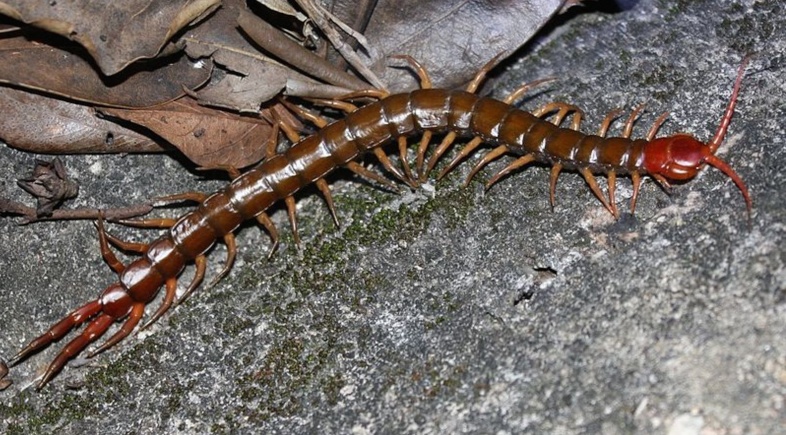
Venomous centipede could kill a prey 15 times its size: toxin decoded
Most centipedes that we know of are completely harmless; however, there are particular species of these creepy crawlers that contain toxin sufficient to kill its prey about 15 times larger its size. In this case, the Chinese red-headed centipede earns a bad name. A bite by this creature contains enough poison which can easily render his prey dead while making them easy to feed upon. Scientists decoded this venom while trying to understand exactly how powerful the toxin is.
The findings of this research were published in the journal named “Proceedings of the National Academy of Sciences”. The process of isolating the key chemical which causes its venom to be so lethal was a long and straining task. Each compound inside the venom was tested independently which ultimately led to the discovery of exact chemical the scientists were looking for. However, it’s a bad news for tiny mammals.
The toxin in this variety of centipede has been named as “SSM Spooky Toxin” which is short for the scientific name for the genus Scolopendra subspinipes mutilans. The name stands correct when it comes to the way this crawler drags down an animal bigger than itself. Researchers stated that the toxin bars potassium’s movement from and to the cells of the victim’s body. This action is responsible for enabling the heart to beat continuously by sending the signals to the brain. This result in an entire shut down of the body almost spontaneously which causes the death of the victim. Apart from the absence of a heartbeat, the toxin also hampers the breathing.
However, humans are largely unaffected by the harsh consequences of this venom as the creature cannot inject sufficient amount of venom to bring down large mammals. This is not to say that the bite isn’t painful for humans. But if the prey is a rat, mouse or similar mammal, an attack from this centipede can result in spot death within 30 seconds. Now, that the venom has been studied, there is a scope for development of an anti-toxin if your pet is in danger.


